The Benefits of STEM for Kindergarten
When people think about STEM, there is no doubt that it is an important part of an older student’s learning—but what about STEM for kindergarten? Is STEM learning important for kids as young as 5, and if so, why? In short, yes. STEM learning is important even at the kindergarten level. There are many benefits of stem education for young minds. This can range from development of crucial kindergarten skills, to meeting kindergarten science standards. It's never too early to teach stem concepts and stem subjects in early childhood education.
Benefit #1 Fine Motor Skills
In kindergarten, fine motor abilities are still developing. Children are expected to use these skills to do a variety of tasks like writing. And they need plenty of fine motor practice in order to master the skill. So, why not use stem activities to target kindergarten fine motor development?
Many STEM projects for kindergarten involve using small, moveable parts to solve problems creatively. Marbles, pipe cleaners, and other materials are frequently included. Moving and manipulating the small pieces gives young students the ability to develop their fine motor skills alongside their science, technology, engineering and math skills. This is great news for kindergarten teachers who are already trying to fit so much into a day in the classroom.
Benefit # 2 Development of Other Skills
One of the most important skills gained through kindergarten STEM activities is problem solving. Through quality STEM education, children are challenged to solve problems in new and creative ways. Many times, they are challenged with a problem or task, and given materials that they could use in order to solve or create it. Since there are not always clear directions to get young students from point A to point B in kindergarten stem activities, it also requires perseverance. Developing preservice is a great skill that will benefit them their entire academic career.
Teamwork can also be developed through STEM. Many activities require students to work in groups of 2 or more. Since students will likely be working together throughout their school careers, it is crucial for students to start mastering cooperation from a young age.
In addition to helping students develop their fine motor skills, STEM projects can be a great way to help kindergarteners develop problem-solving, perseverance, and even cooperation. Stem experience can clearly do wonders for social skills and life skills in general too.
Benefit # 3 Targets Standards
Many teachers know that STEM is important, even at the kindergarten level, but the thought of adding another thing into their curriculum just doesn’t seem possible. The great thing about kindergarten STEM activities is that it doesn’t have to be another thing to squeeze into your already busy schedule. In fact, projects can easily target standards outlined by NGSS.
Two big components of kindergarten Next Generation Science Standards are Forces and Energy and Engineering design. Both areas can easily be targeted by the right STEM project, which means if you already have time in your schedule for science, then you also have time for STEM.
These experiences provide opportunities to put their learning in motion. In total, there are 8 beneficial practices. They include things like developing and using models, asking questions and defining problems, and constructing explanations and designing solutions. While these skills will look different at the kindergarten level compared to high school, they are so detrimental to a child’s later scientific and mathematical abilities. Even better, they can easily be practiced through engaging kindergarten STEM projects.
Overall, it could be easy to assume that STEM is not important to young students, like it is in older students. However, the skills that can be developed alongside STEM in kindergarten prove that there are many benefits to beginning STEM projects at a young age. Don't forget, STEM activities don’t have to be an addition to your day. They can easily be used to put science practices into place, and cover science standards.
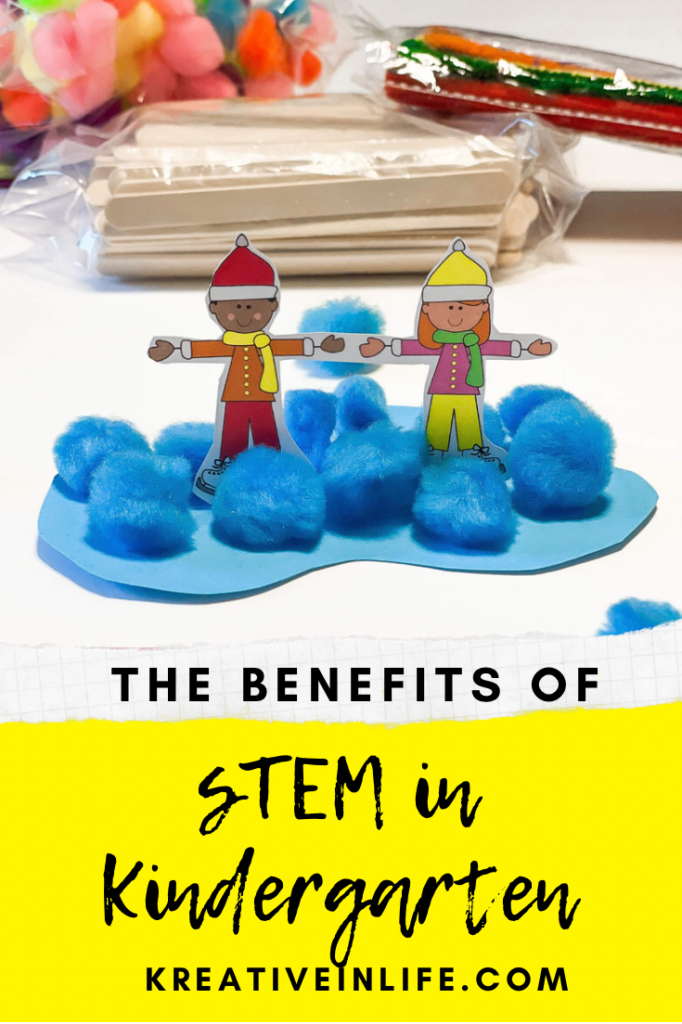
Another beauty of teaching STEM skills and topics at an early age is that they can be taken and applied to the real world as well. Young learners may come to find stem education not only helps in their daily life but also in later years as well. This can look like special stem-related summer camps or in simple everyday situations.
If you have read this far, you likely already know the importance of stem education—and might already have an inkling about how beneficial early stem learning really is. It certainly helps nurture a strong foundation of knowledge for any child. Have you found there are best practices when introducing stem topics in early stem education? I’d love to learn about new ideas when it comes to early years of learning with stem. As you can see, it can play such an important role in young children’s lives. If you support stem learning, leave a comment below!
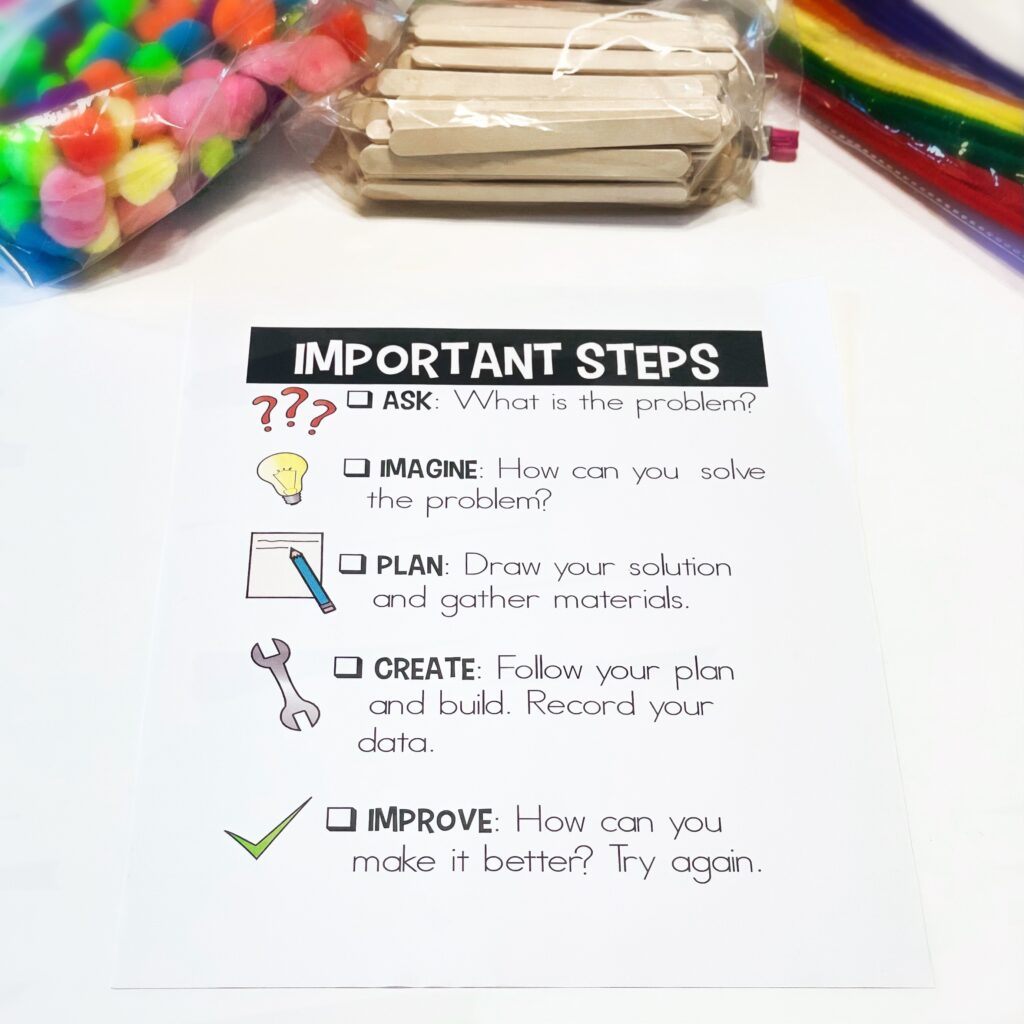
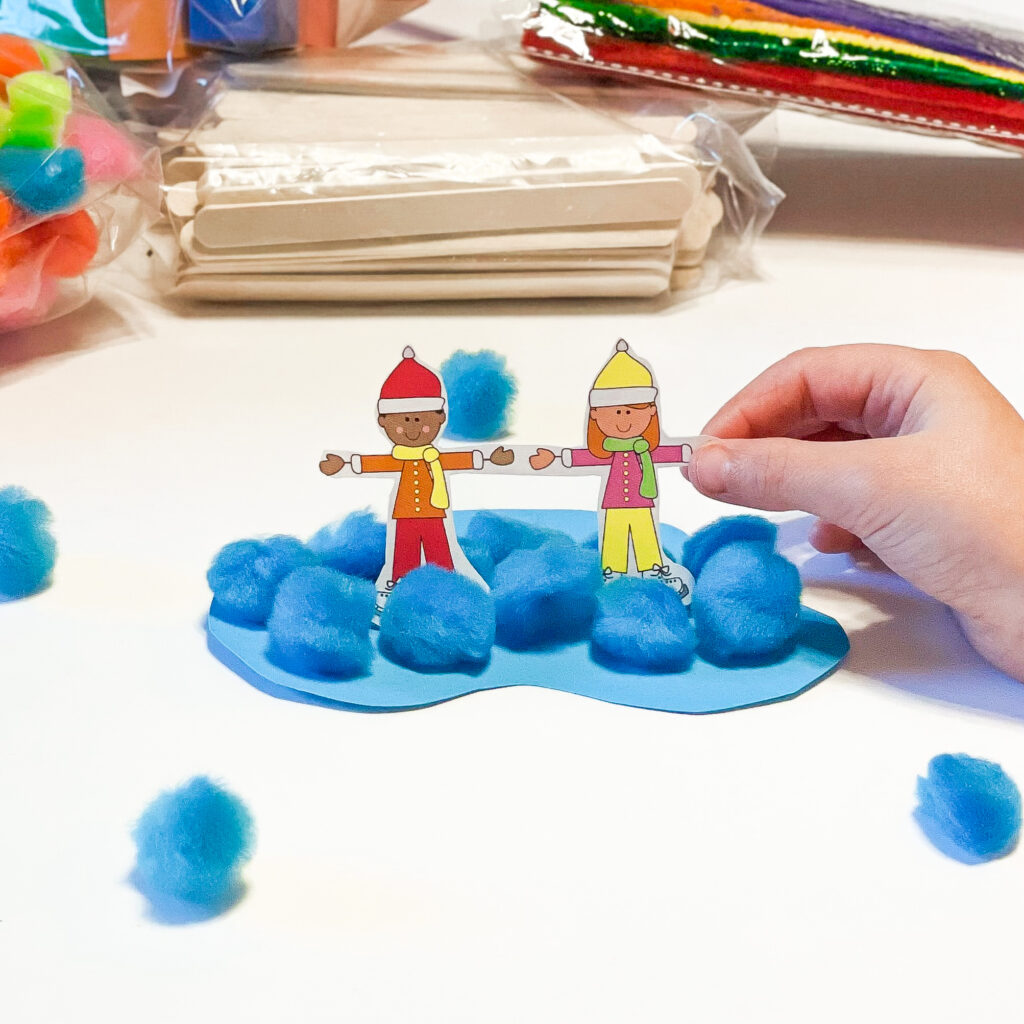





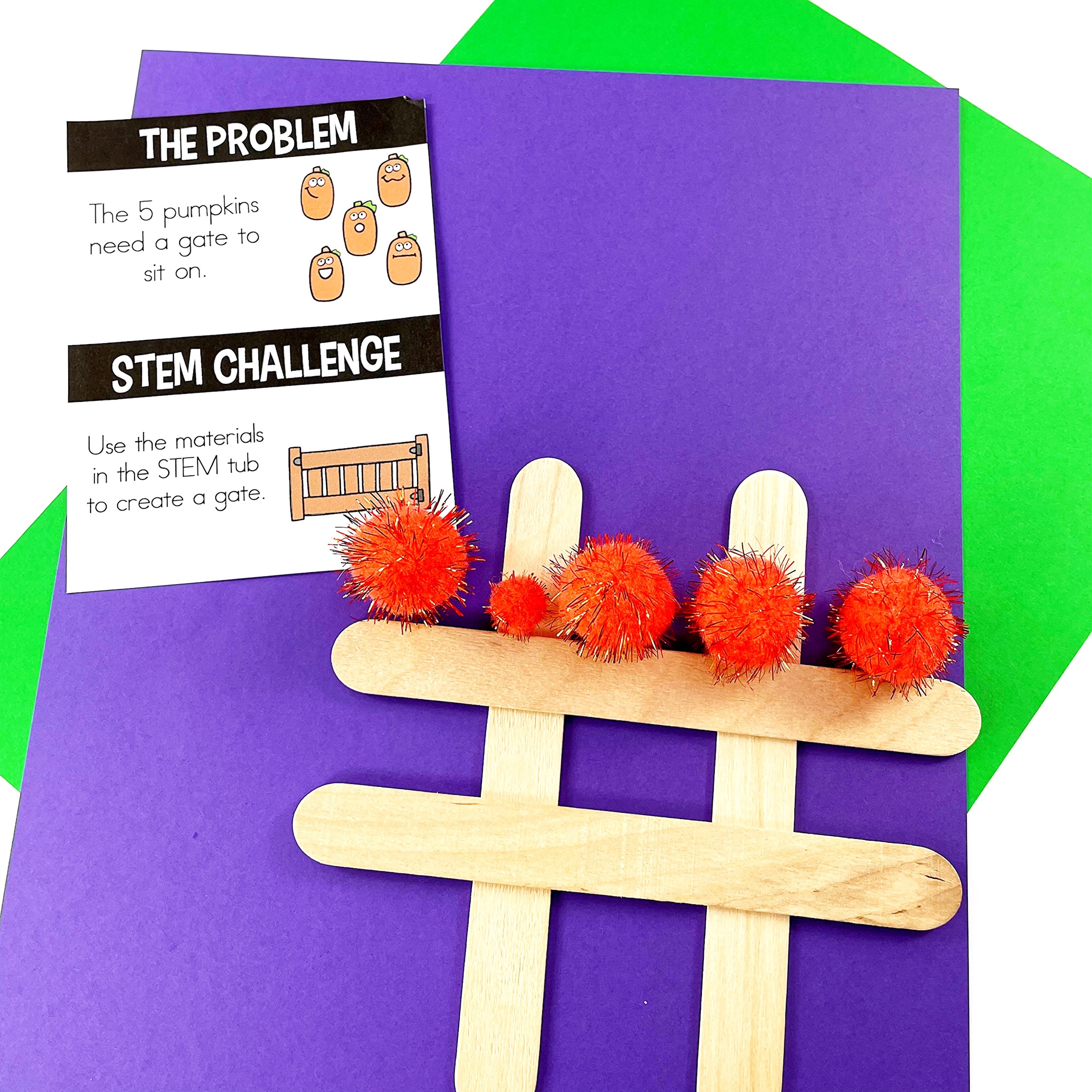


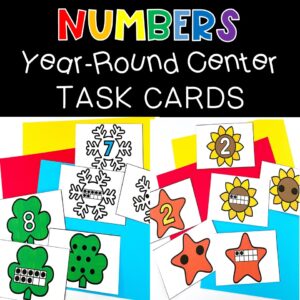

Leave a Reply